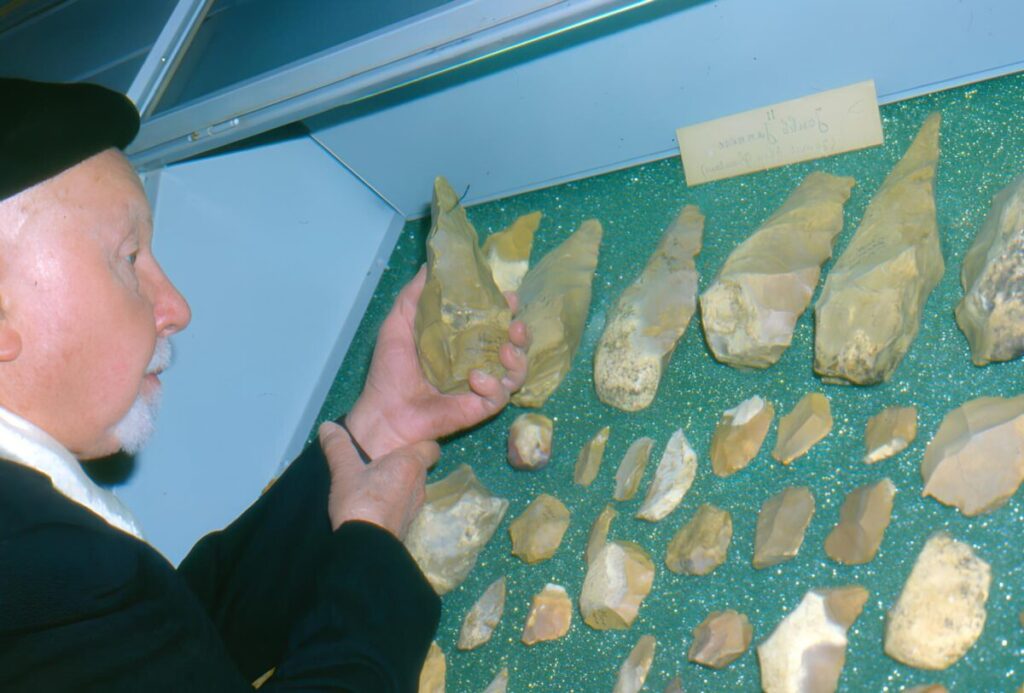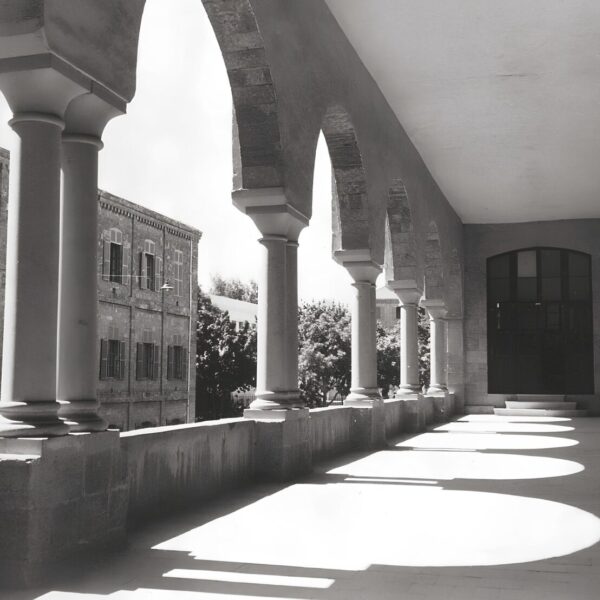Since the 19th century, the Jesuits have shaped scientific research in Lebanon. Founders of USJ (Saint Joseph University), they have contributed to advancements in medicine, botany, genetics, and archaeology. On the occasion of the 150th anniversary of this institution, 22-med reflects on 150 years of discoveries.
The Jesuits have made science their hallmark. Since their founding in 1540 by Ignatius of Loyola, they have placed education and the quest for knowledge at the heart of their mission. This movement has resulted in the establishment of leading academic institutions and a significant contribution to experimental and mathematical sciences. In Lebanon, their influence has been equally decisive, paving the way for major scientific and educational advancements.
A major role in the scientific rise of Lebanon
With the restoration of the order in 1814, the Society of Jesus resumed its academic commitment, opening a network of colleges and universities around the world. Their arrival in Lebanon marked a turning point in the development of higher education and scientific research. In 1875, the Jesuits founded the Saint Joseph University of Beirut (USJ), which would become one of the bastions of knowledge in Lebanon. Unlike other educational institutions at the time, USJ quickly established ambitious scientific programs, including medicine, pharmacy, and natural sciences. This multidisciplinary approach reflects the Ignatian spirit, combining humanism and scientific rigor.
The first scientific manifestations were Jesuit …
In 1907, Father Bonaventure Berloty founded the first observatory in the Middle East in Ksara to record precipitation, weather fluctuations, and seismic activity. In 1975, the observatory was taken over by the Lebanese state to become the National Center for Geophysics (CNG), one of the oldest structures affiliated to the Lebanese National Council for Scientific Research.
In the 1930s, Paul Mouterde, a French Jesuit missionary, began to traverse Beirut, compiling a floristic inventory of the plants he encountered in the capital. Very quickly, in 1935, he published his famous work Petite flore des environs de Beyrouth. Then, about a decade later in 1953, La Flore du Djebel Druze.
But Mouterde's ultimate success will forever remain the regional reference in botany, still widely used today: Nouvelle flore du Liban et de la Syrie. It was after a visit in 1964 to the Kew Botanical Gardens in London that the botanist decided to undertake this work. From 1966 to 1978, he published, one after the other, the 3 volumes that serve to this day as a guide for any botanist in the region.
Significant contributions
In 1994, Father Jacques Loiselet founded the first center for medical genetics and genomics in Lebanon, which today bears his name. This center pursues several objectives: to provide patients and their families with clinical and molecular diagnosis, to guide them towards therapeutic management when possible, to raise awareness among the medical community about the essential role of genetics in conventional medicine, and to disseminate this knowledge among students from various countries in the Middle East. Since its founding, the Jacques Loiselet Center for Medical Genomics has published over 300 scientific articles that have revolutionized genetic research both in Lebanon and worldwide.
In many fields
In the year 2000, USJ inaugurated the first museum of Lebanese prehistory, the result of many years of research. Academic work began at the end of the 19th century under the impetus of Father Godefroy Zumoffen (1848-1928), the true founder of Lebanese prehistory. Zumoffen was succeeded by other Jesuit scholars who traversed Lebanon in search of remains testifying to the lives of Stone Age humans.
Thanks to the work of these pioneers, today we know a large number of prehistoric sites in Lebanon, some of which have disappeared.
The Jesuits have also influenced regional agronomy. Indeed, in the 2000s, Father Pierre Wittouck conducted groundbreaking studies on the cultivation of pineapples, endives, and asparagus in Lebanon at his laboratory at the Mediterranean School of Engineering in Agronomy at USJ.
Today, the Jesuits continue to exert a significant influence in education and research in the country, particularly through USJ and its specialized structures that collaborate with both state institutions and secular universities, as well as civil society, to ensure optimal scientific development in the land of the cedar. “This is part of our mission towards Lebanese society” as often stated by Pr. Salim Daccache, rector of the university. The American University of Beirut (AUB), CNRS-L, the Lebanese Agricultural Research Institute (IRAL), and the Lebanese University (UL) are part of the long list of partners of USJ.

Featured photo: the old buildings of the Faculty of Medicine at USJ ©Archives of the University
